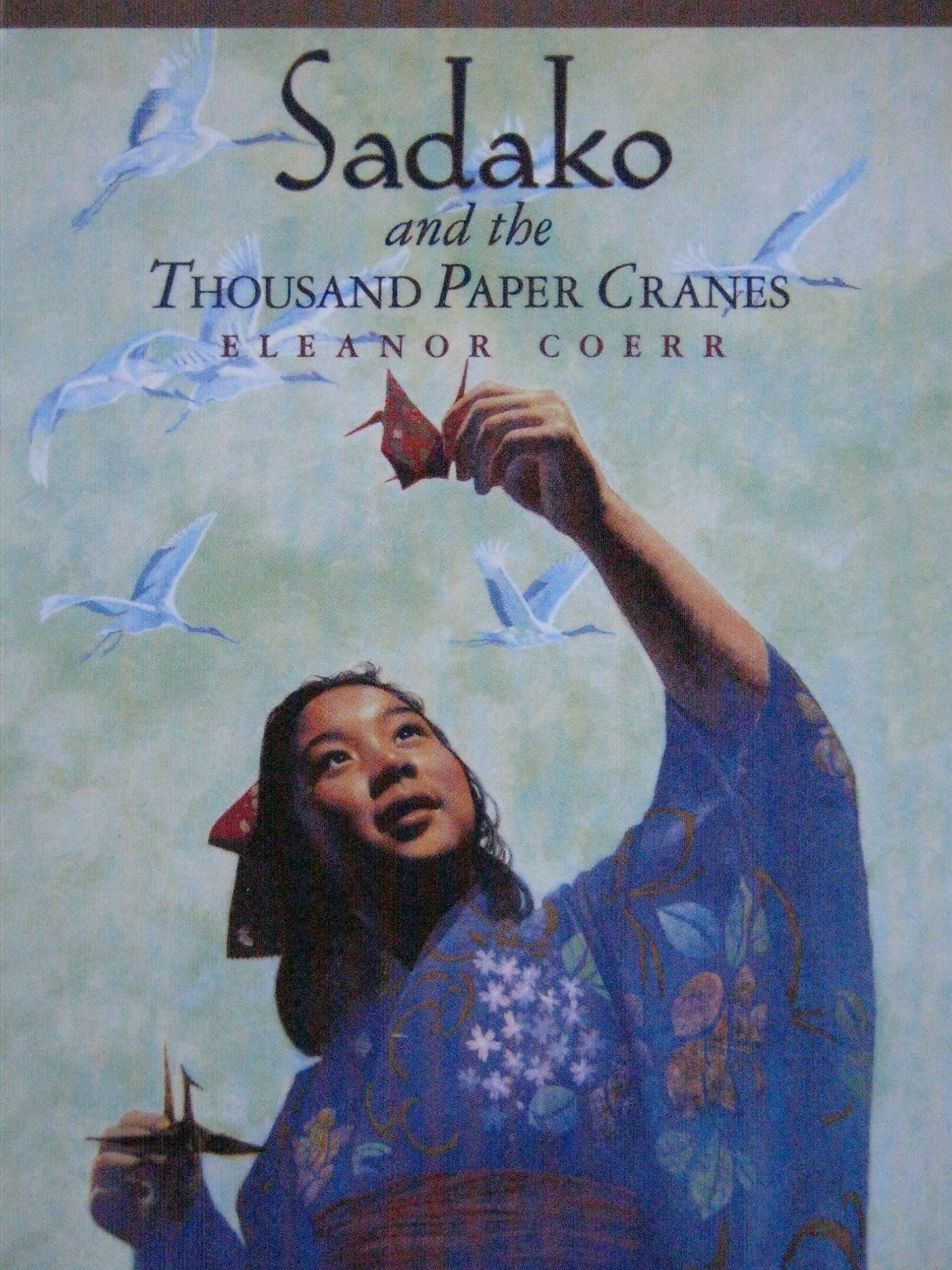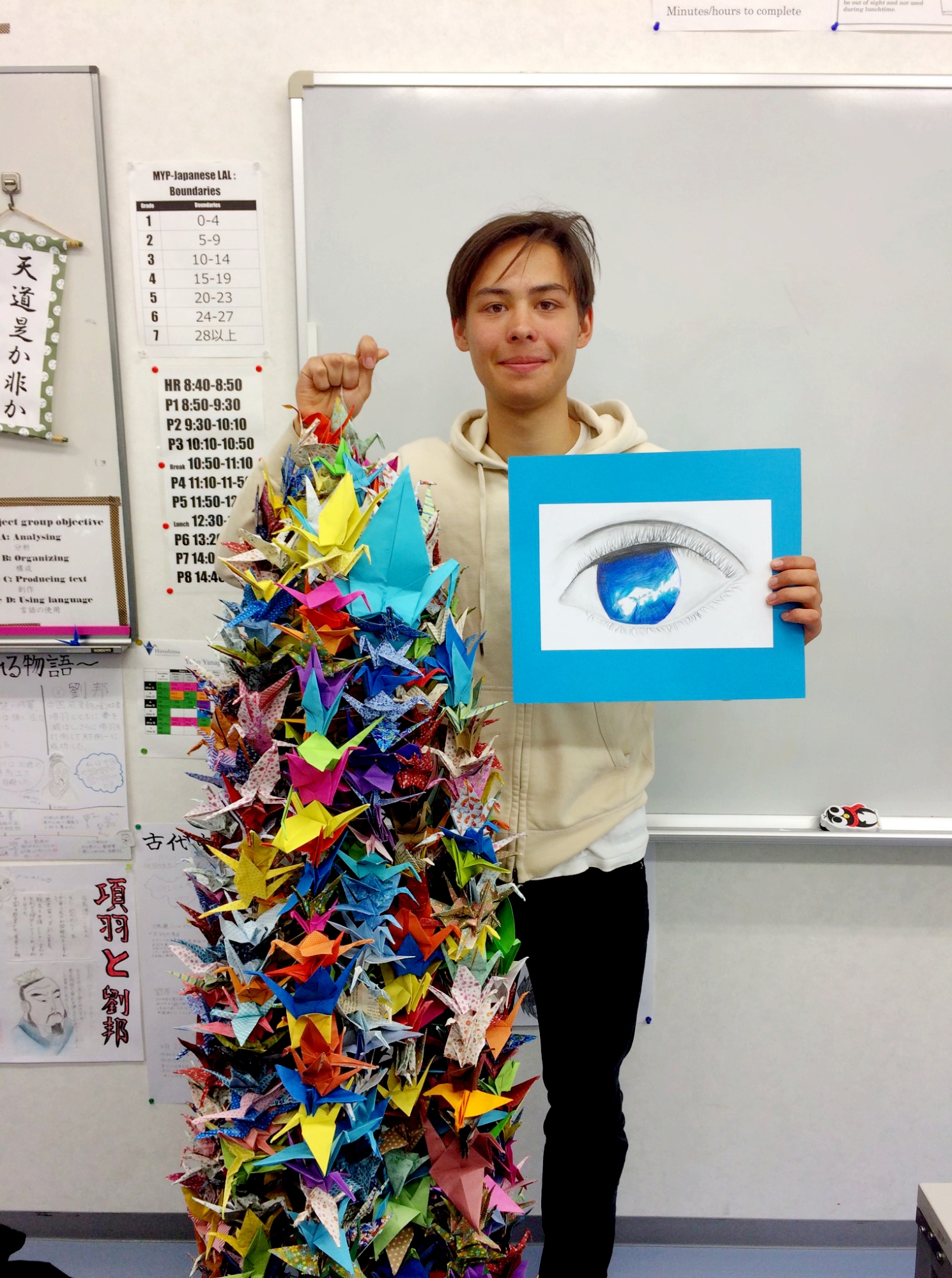Sadako Sasaki was a young girl living in Hiroshima, Japan, when the atomic bomb was dropped on the city during World War II. She was just two years old at the time, but the effects of the radiation exposure didn’t become apparent until ten years later when she was diagnosed with leukemia, also known as the “atom bomb disease.”
Sadako’s story inspired the tradition of folding 1000 paper cranes as a symbol of hope, healing, and peace. According to Japanese legend, anyone who folds a thousand origami cranes will be granted a wish, such as long life or recovery from illness.
The Story of Sadako and the 1000 Paper Cranes
Sadako began folding paper cranes while in the hospital, hoping that by completing the task, she would be cured of her illness. Despite her deteriorating condition, she persisted in folding crane after crane, using whatever paper she could find.
Her friends and family joined in to help her reach her goal of 1000 cranes. Sadly, Sadako passed away before she could finish, but her classmates completed the remaining cranes in her honor. Her story spread, and the paper crane became a symbol of peace and healing around the world.
Today, people from all walks of life fold paper cranes as a way to honor Sadako’s memory and to promote peace and harmony. Schools, organizations, and individuals participate in projects to fold thousands of cranes to send messages of hope and healing to those in need.
The story of Sadako and the 1000 paper cranes serves as a powerful reminder of the impact of war and the importance of working towards a peaceful world. It also highlights the resilience and determination of one young girl to make a difference, even in the face of adversity.
In conclusion, Sadako’s legacy lives on through the tradition of folding paper cranes as a symbol of peace and hope. Her story continues to inspire people around the world to strive for a better future and to never give up on their dreams of a more peaceful world.

